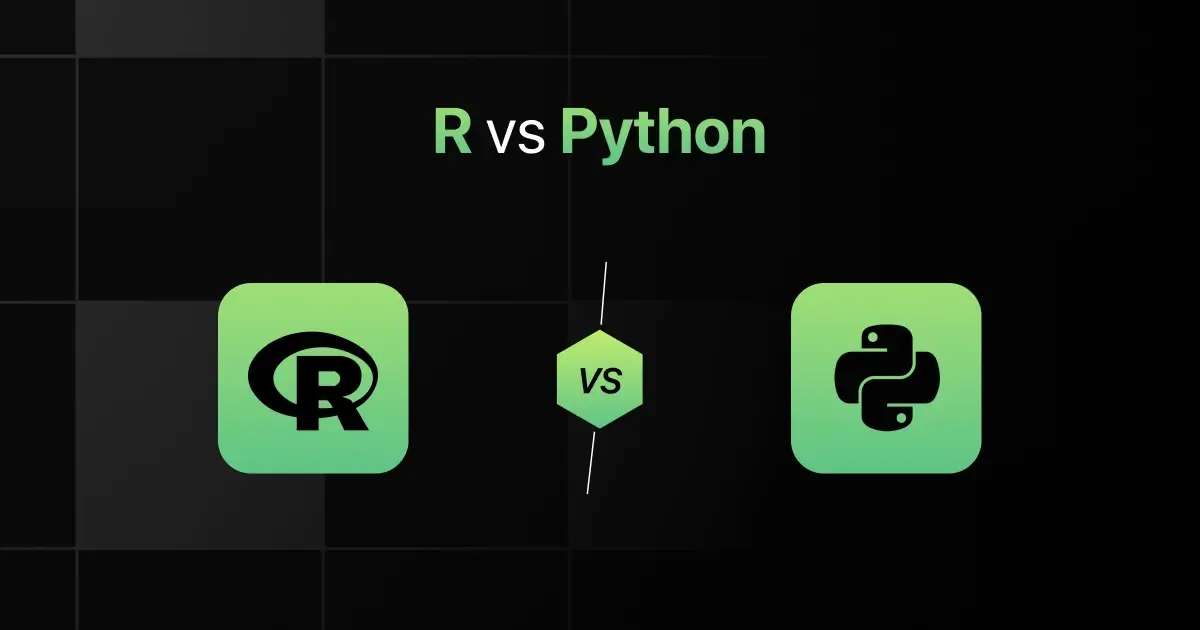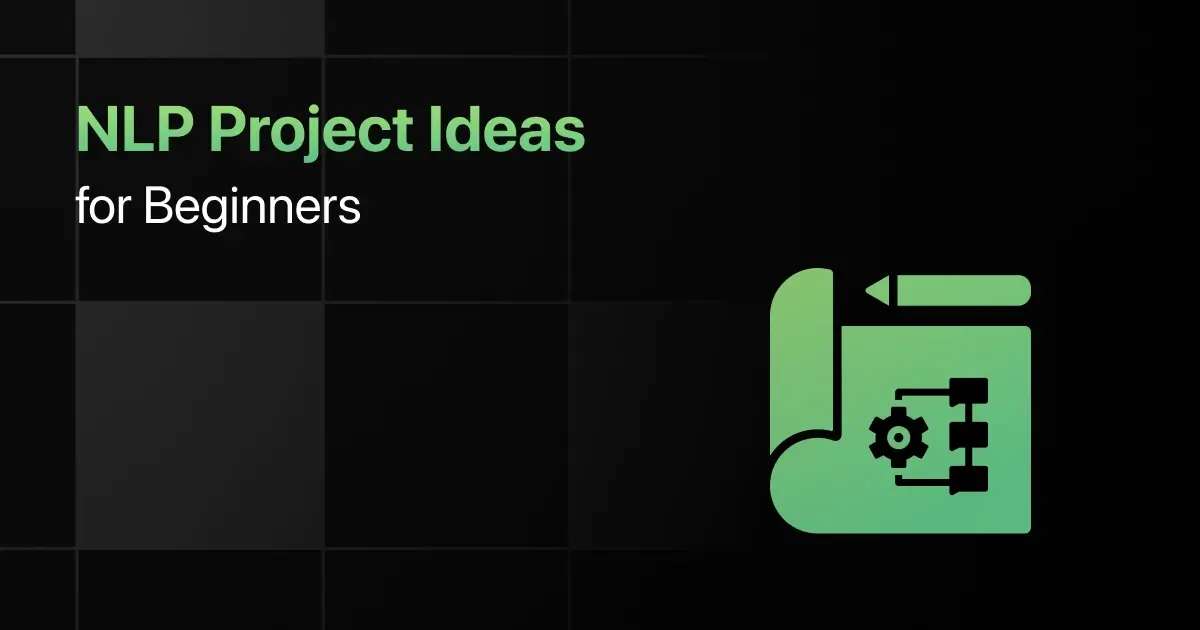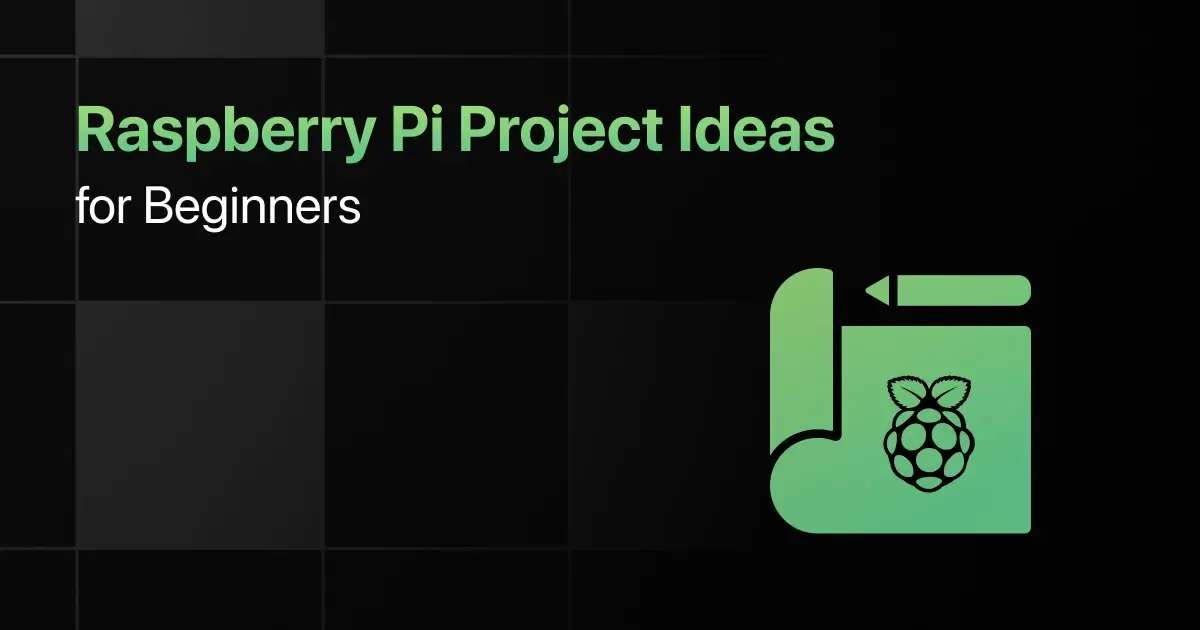R vs Python: Key Differences

When comparing R and Python, looking at what sets them apart is important. The discussion about R vs Python is common among programmers deciding which language to use for their projects.
The question of R vs Python which is better? or R vs Python which is best? depends on what you need for your specific project.
In this article, let’s know the differences between R and Python.
R vs Python: Understanding the Key Differences
When comparing R and Python, it’s crucial to understand the key distinctions that define their usage and capabilities.
One of the most important differences is that R is primarily used for statistical analysis and data visualization. In contrast, Python is a general-purpose programming language with many applications, including web development, data science, and automation.
The following are other major differences between R and Python:
| S. No. | Parameters | R Programming | Python |
|---|---|---|---|
| 1 | Developed By | Ross Ihaka and Robert Gentleman | Guido van Rossum |
| 2 | Release Year | 1995 | 1991 |
| 3 | Paradigm | Multi-paradigm: Procedural, Functional, Object-oriented | Multi-paradigm: Procedural, Object-oriented, Functional |
| 4 | Syntax | Complex, especially for those not familiar with statistics | Simple, clean, and easy to read |
| 5 | Performance | Slower due to single-threaded nature | Generally faster, with the ability to optimize performance |
| 6 | Applications and Use Cases | Statistical analysis, data visualization, bioinformatics | General-purpose programming, web development, data science, machine learning, automation |
| 7 | Learning Curve | Steep for non-statisticians | Gentle, especially for beginners |
| 8 | Libraries and Frameworks | Extensive libraries for statistical analysis and visualization (ggplot2) | Extensive libraries for general programming, data science, and machine learning (TensorFlow, scikit-learn, Pandas) |
| 9 | Platform Independence | Yes, runs on various platforms | Yes, highly platform-independent |
| 10 | Concurrency and Multithreading | Limited support, often requires workarounds | Robust support for concurrency and multithreading |
| 11 | Tooling and IDE Support | Good support (RStudio, Jupyter Notebooks) | Excellent support (PyCharm, Jupyter Notebooks, VS Code) |
| 12 | Memory Management | Automatic, but can be inefficient | Automatic with garbage collection, generally efficient |
| 13 | Error Handling | Basic error handling | Advanced error handling with try-except blocks |
| 14 | Security | Basic security features | Strong security features, including extensive libraries |
| 15 | Scalability | Suitable for small to medium-sized datasets | Highly scalable, suitable for large-scale applications |
| 16 | Key Features | Specialized packages for statistical modeling, data visualization | Extensive standard library, versatility across domains |
| 17 | Integration with Other Technologies | Limited integration capabilities | Excellent integration with various technologies and systems |
| 18 | Community and Support | Strong community, especially in academia | Large and active community, extensive documentation |
| 19 | Job Opportunities | High demand in academia, research, and specialized analytics roles | High demand in various industries, including tech, finance, healthcare |
| 20 | Future Prospects | Stable, niche growth in specialized fields | Bright, with expanding use in emerging technologies like AI and machine learning |
R vs Python: Which One to Choose?
Choosing between R and Python can be challenging, but by understanding their distinct advantages, you can make an informed decision.
Choose R If:
- You are primarily interested in statistical analysis, data visualization, or bioinformatics, as R is widely used in academia, research, and industries that require extensive statistical computation.
- You appreciate a language that has a rich ecosystem of packages specifically designed for statistical analysis and visualization, such as ggplot2 for graphics and dplyr for data manipulation.
- You value a language that is particularly well-suited for exploratory data analysis, with capabilities that allow for easy manipulation and visualization of complex datasets, often with fewer lines of code compared to other languages.
- You seek a platform that integrates well with tools for reproducible research and reporting, such as RMarkdown and Shiny, which facilitate the sharing of analyses dynamically and interactively.
- You focus on projects that require sophisticated data visualizations or statistical modeling, where R’s specialized libraries and community support provide a significant advantage.
Choose Python If:
- You are interested in roles such as data analyst, machine learning engineer, or software developer in industries like finance, healthcare, or technology due to Python’s strong presence in these fields.
- You want access to a vast range of libraries, frameworks, and tools that support web development, data analysis, artificial intelligence, and more.
- You need a language that balances reasonable execution speed with excellent memory management, especially useful in scripting, automation, and data analysis tasks.
- You prefer a programming environment that supports cross-platform compatibility, enabling development and deployment on multiple operating systems including Windows, macOS, and Linux.
- You are working on projects related to web development, artificial intelligence, scientific computing, or data visualization, as Python offers specialized libraries and frameworks for these applications.
Final Words
The main difference between R and Python lies in their design and use.
The purpose of understanding the R vs Python difference is to choose the right tool for the job, depending on factors like the project’s size and how easy it is to maintain.
Explore More R Programming Resources
Explore More Python Resources
- Python Learning Websites
- Python Practicing Websites
- Python YouTube Channels
- Python Project Ideas
- Python Apps
- Python IDEs
- Python MCQ
Explore More Comparisons
- Python vs Java
- C vs C++
- Python vs C++
- Angular vs React
- TypeScript vs JavaScript
- C vs Java
- Java vs JavaScript
- Flask vs Django
- C vs Python
- Kotlin vs Java
- React vs React Native
- Java vs C++
- Golang vs Python
FAQs
The key differences between R and Python are:
- R is primarily used for statistical analysis and data visualization; Python is a general-purpose language with a wide range of applications.
- R has a steep learning curve for non-statisticians; Python is known for its readability and simplicity.
- R has extensive packages for data analysis (e.g., ggplot2, dplyr); Python has powerful libraries for machine learning and AI (e.g., TensorFlow, scikit-learn).
It depends on the project requirements: choose R for specialized statistical analysis and data visualization, and Python for general-purpose programming, data science, and machine learning tasks.
Python is faster than R, but it depends on the specific tasks and libraries used.
The primary use cases of R and Python are:
- R is used for statistical analysis and data visualization
- Python is used for data science, web development, and automation.
Python is generally easier to learn for beginners.
Yes, both R and Python can run on different platforms.
Python can be used for mobile app development; R is not typically used for this purpose.
Both have strong job prospects, but Python developers are in higher demand due to the language’s versatility.
Related Posts



Golang Interview Questions
Are you preparing for your first Golang interview and wondering what questions you might face? Understanding the key Golang interview questions …
Warning: Undefined variable $post_id in /var/www/wordpress/wp-content/themes/placementpreparation/template-parts/popup-zenlite.php on line 1050







